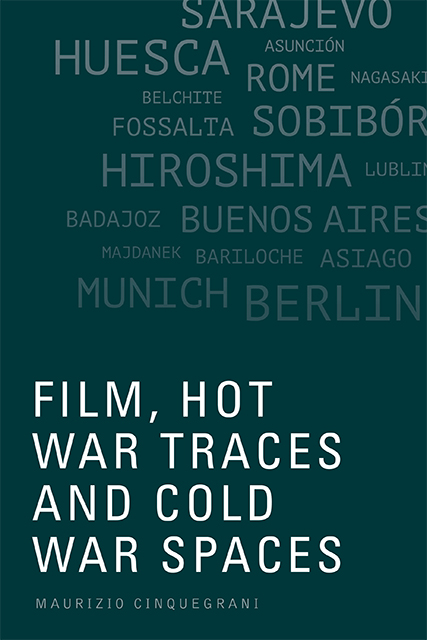8 - Bornholmer Straße, East Berlin, GDR, 9 November 1989, 11:30 p.m.
Published online by Cambridge University Press: 12 August 2023
Summary
As the barrier is raised at one of the crossings, over 20,000 people walk on a bridge and make their way to the other side of the border. These men and women are citizens of the soon-to-disappear German Democratic Republic and this happens on the night of 9 November 1989 in Berlin.
Eight years after the fall of the Wall, Andreas Huyssen described the city centre of Berlin as the ‘threshold between the Eastern and Western parts of the city, the space that now, in yet another layer of signification, seemed to be called upon to represent the invisible Wall in the head that still separated East and West Germans […].’ Wolfgang Becker's Good Bye, Lenin! (2003) reflects upon the division which continued to linger in Berlin after the fall of the Wall and places its narrative firmly into the contested space of the city. The film opens with footage from a fictional home movie set in the summer of 1978 and showing a young boy and a young girl playing outdoors near a dacha located somewhere in the Deutsche Demokratische Republik. These images are followed by footage of the boy wearing a T-shirt with a print celebrating the Soviet space programme Interkosmos and standing in a public space in East Berlin, with the Berliner Fernsehturm (Berlin Television Tower) in the background. East Berlin is explored further in the credits sequence, a montage of postcards from the 1980s showing iconic buildings including the Palast der Republik (Palace of the Republic, 1973–6), the Weltzeituhr (World Clock, 1969), the Brunnen der Völkerfreundschaft (Fountain of International Friendship, 1970), and the Haus des Lehrers (House of the teacher, 1962–4) in Alexanderplatz. Other vintage postcards show the granite statue of Vladimir Lenin created in 1970 by Nikolai Tomski and located in Leninplatz (today Platz der Vereinten Nationen, United Nations Square), Strausberger Platz in the district of Friedrichshain-Kreuzberg, Café Moskau (1961–4) and Kino International (1963), respectively at 34 and 33 Karl-Marx-Allee. The image of these buildings places the narrative of Good Bye, Lenin! in the East Berlin of the years leading to the fall of the Berlin Wall and the end of the Cold War.
- Type
- Chapter
- Information
- Film, Hot War Traces and Cold War Spaces , pp. 159 - 180Publisher: Edinburgh University PressPrint publication year: 2022

